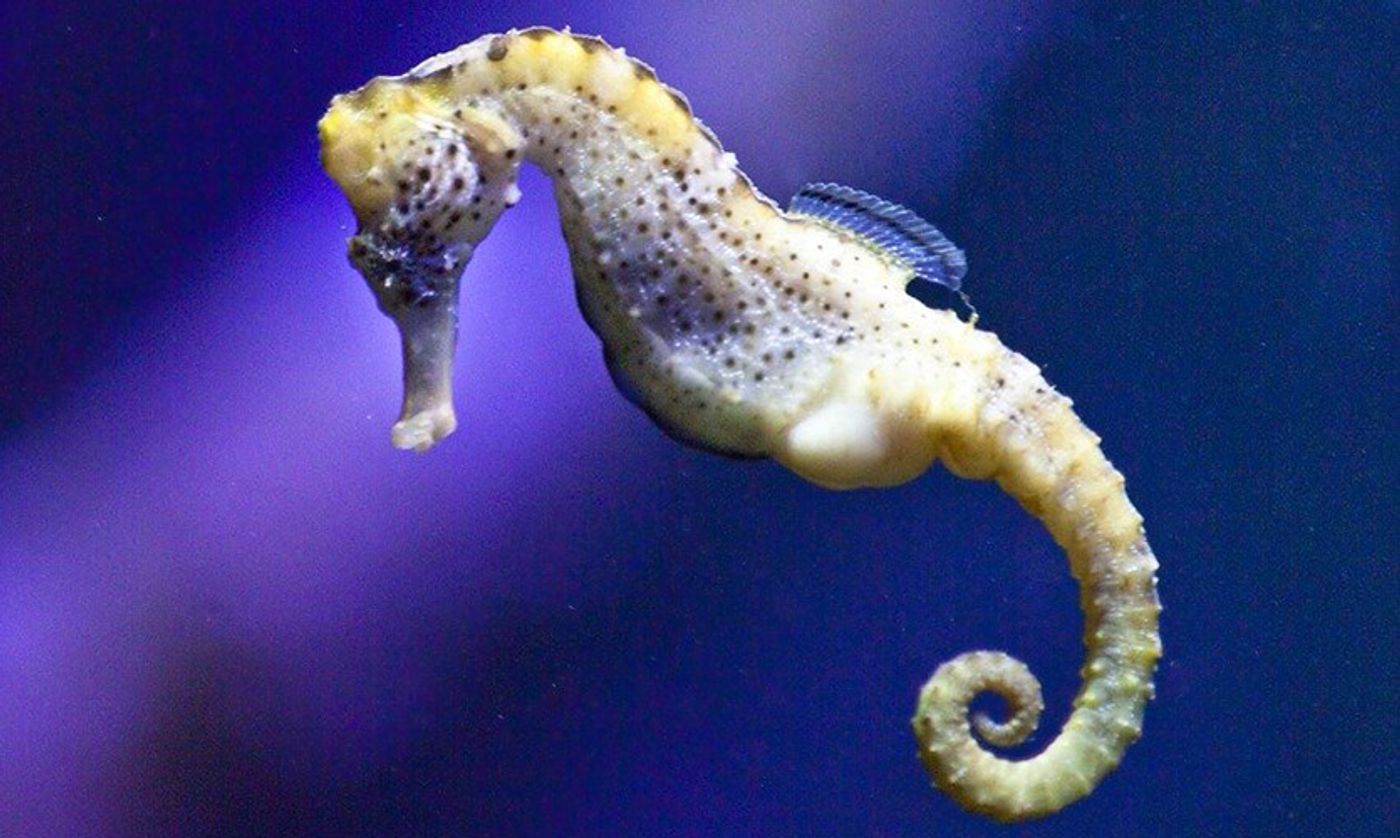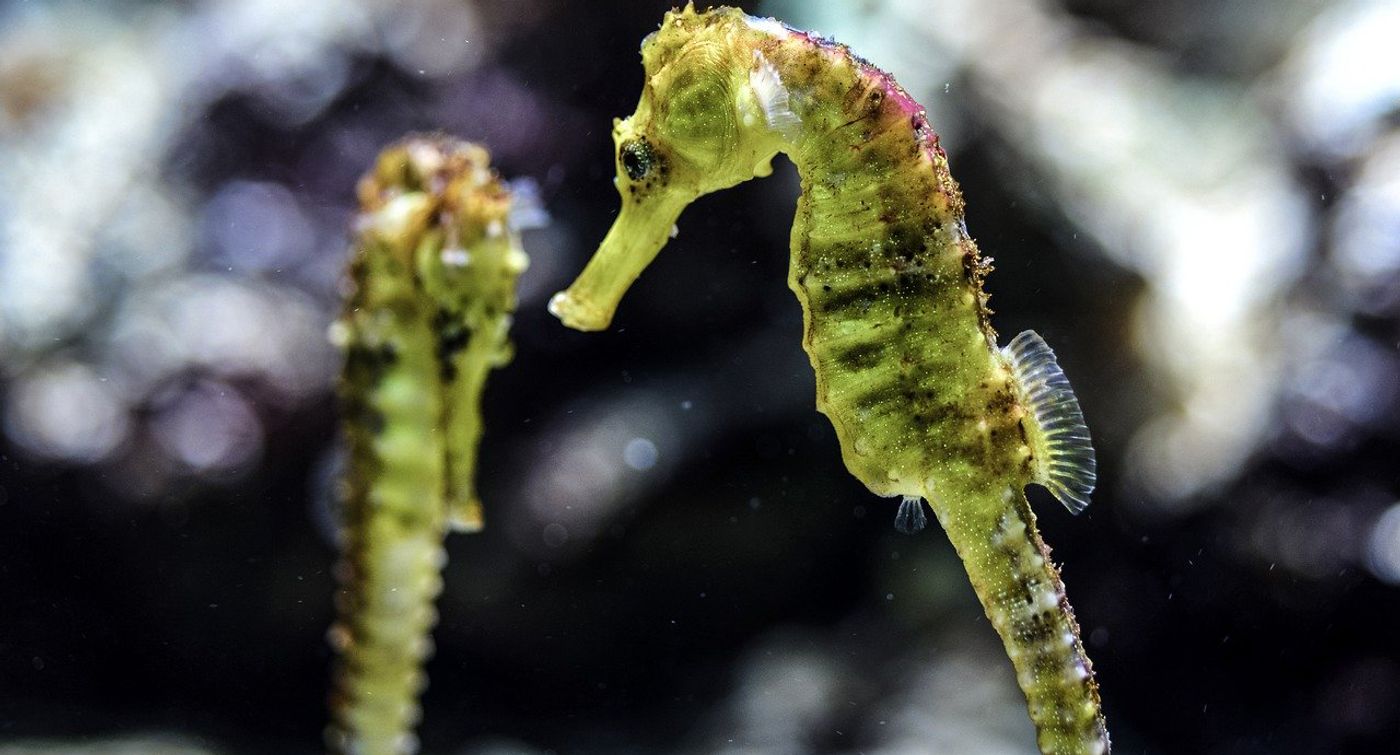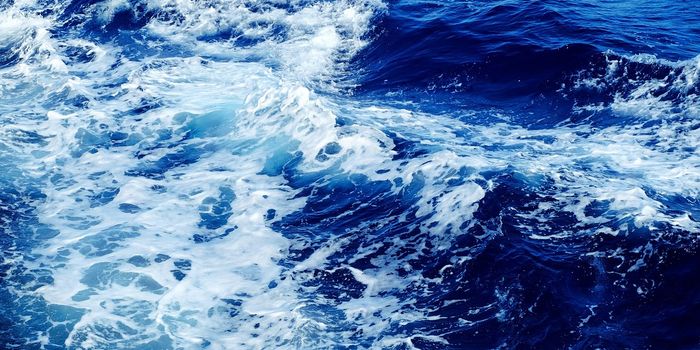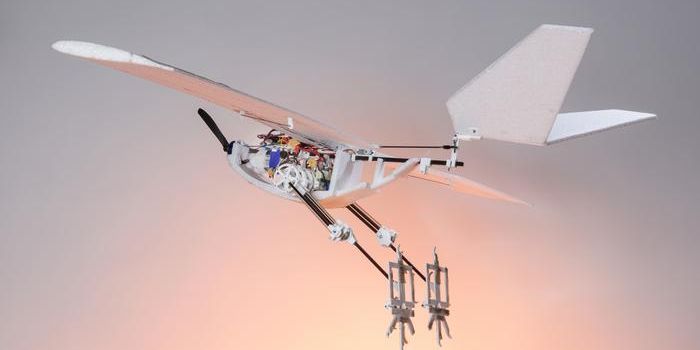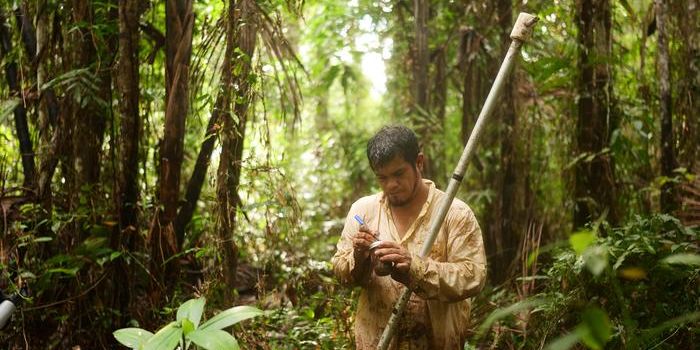Study Confirms Nutrient Transport in Pregnant Male Seahorses
Seahorses are some of the most extraordinary fish in the ocean, and one of their most noteworthy features is male pregnancy. According to a recent study from the University of Sydney, seahorses and other syngnathids (seahorses, pipefishes, and sea dragons) are the only vertebrates that have male pregnancy, allowing "a unique opportunity for comparative evolutionary research."
New research about seahorse pregnancy was published last month in the Journal of Comparative Physiology B. According to the study, previous research examining Syngnathidae brooding structures discovered that seahorses feature the most complex brood pouch. Additionally, seahorses likely "undergo the most substantial physiological and morphological changes during gestation, which likely facilitate osmoregulation, immunological protection, oxygenation, and waste removal."
Until now, information on seahorse embryo nutrition has been limited. This new study, led by Dr. Camilla Whittington, provides insight into how developing embryos receive nourishment from the male. As Dr. Whittington states in a news release from the University of Sydney, "This work adds to the growing evidence that male pregnancy in seahorses could be as complex as female pregnancy in other animals, including ourselves." Dr. Whittington continues that male seahorses "seem to do some of the same things that human mums do, including transporting nutrients and oxygen to developing embryos, and immune modulation to protect the babies from infection."
Researchers cycled nineteen female and twenty-one male Hippocampus abdominalis (pot-bellied seahorses) in a breeding tank to conduct this research. The researchers timed their work carefully to note the exact time that mating occurred and luckily captured footage of the ritualistic courtship behaviors, a rare sight in captive seahorses.
The study compared the dry masses of newly fertilized eggs to the masses of fully developed neonates. Additionally, they measured lipid content to detect any changes during embryonic development. The study found no significant decrease in lipid mass throughout development, suggesting that the father replaced the energy-rich fats.
According to the university's news release, this study is the first experimental evidence and confirmation of "patrotrophy"—the transport of nutrients from dad to offspring, and specifically in seahorses. The study concludes by suggesting further research investigating whether siblings absorb nutrients from underdeveloped embryos, a phenomenon that occurs in some pipefish species.
Sources: The University of Sydney, Journal of Comparative Physiology B
